Darzalex Faspro Achieves Outstanding Results in Multiple Myeloma with 95% 4-Year PFS
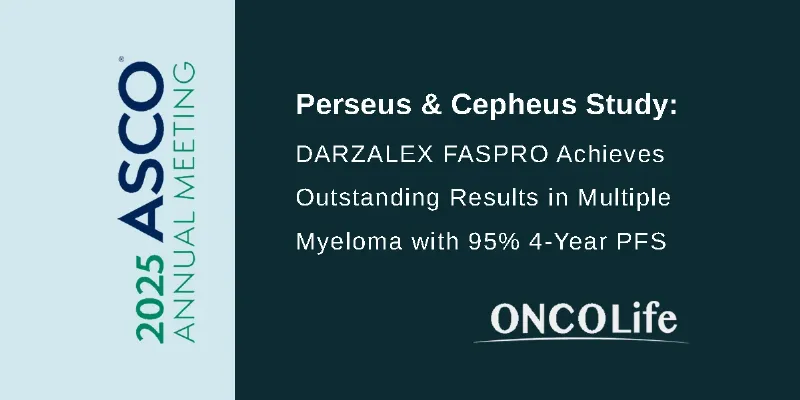
5 June 2025
The new data from the PERSEUS and CEPHEUS studies show that DARZALEX FASPRO®-based regimens achieve up to 95% 4-year PFS and over 55% sustained MRD negativity in transplant-eligible patients, and 69% 54-month PFS with 60% MRD negativity in transplant-ineligible patients. Presented at ASCO 2025, the trials highlight deep and durable responses that establish Darzalex Faspro® as a key frontline therapy in NDMM.
Johnson & Johnson announced new data from the Phase 3 PERSEUS and CEPHEUS studies, reinforcing the role of Darzalex Faspro® (daratumumab and hyaluronidase-fihj) as a cornerstone of frontline therapy for patients with newly diagnosed multiple myeloma (NDMM) at the 2025 ASCO Annual Meeting. These studies demonstrate that adding Darzalex Faspro to a bortezomib, lenalidomide, and dexamethasone (VRd) backbone delivers profound, sustained minimal residual disease (MRD) negativity and significantly prolongs progression-free survival (PFS), regardless of transplant eligibility.
PERSEUS: Sustained MRD Negativity in Transplant-Eligible Patients
The PERSEUS study, a randomized Phase 3 trial conducted in collaboration with the European Myeloma Network, evaluated the addition of DDarzalex Faspro to VRd (D-VRd), followed by an investigational maintenance regimen of Darzalex Faspro with lenalidomide (D-R), in transplant-eligible patients. After a median follow-up of nearly four years (47.5 months), more than half of patients receiving the D-VRd and D-R regimen achieved sustained MRD negativity at the 10⁻⁵ sensitivity threshold for at least 24 months (55.8%)—more than double the rate seen with VRd followed by lenalidomide maintenance (22.6%).
This deep response translated into a 95.3% PFS rate at 48 months (95% CI, 0.3–2.3), underscoring the long-term benefits of early, intensive MRD-driven treatment strategies. The data also revealed a marked advantage in 12-month sustained MRD negativity, achieved by nearly two-thirds of patients treated with D-VRd and D-R (64.8% vs. 29.7%; OR=4.42; 95% CI, 3.22–6.08; P<0.0001).
“The data show that D-VRd followed by an investigational D-R maintenance regimen is a highly effective treatment option for transplant-eligible patients with newly diagnosed multiple myeloma. The depth and durability of MRD negativity observed—paired with unprecedented progression-free survival at four years—underscore the long-term benefit the Darzalex Faspro-based regimen can offer patients early in their treatment journey,” said Dr. Philippe Moreau, presenting author and head of Hematology at University Hospital Hôtel-Dieu, France.
CEPHEUS: Benefits in Transplant-Ineligible Patients
The CEPHEUS study focused on transplant-ineligible patients or those for whom transplant was not intended. In this population, the addition of Darzalex Faspro to VRd resulted in impressive MRD-negativity rates and durable PFS improvements, even among older or frail patients.
At a median follow-up of 58.7 months, 60.4% of patients treated with D-VRd achieved overall MRD negativity at the 10⁻⁵ level, compared to 39.3% with VRd alone (OR=2.37; 95% CI, 1.47–3.80; P=0.0004). Deep responses extended to the 10⁻⁶ threshold (45.8% vs. 26.9%; OR=2.28; 95% CI, 1.40–3.73; P=0.0010).
These deeper responses translated into a significant PFS benefit: 69% of patients in the D-VRd arm remained progression-free at 54 months, compared to 48% in the VRd arm (HR=0.51; 95% CI, 0.35–0.74). Overall survival (OS) also numerically favored the D-VRd group (HR=0.66; 95% CI, 0.42–1.03), with an even greater benefit after censoring for COVID-19-related deaths (HR=0.55; 95% CI, 0.34–0.90).
High-Risk Cytogenetics: Subgroup Insights
A subgroup analysis within CEPHEUS further explored outcomes in patients with high-risk cytogenetics. While MRD negativity rates at high risk were similar between treatment arms, the D-VRd regimen provided substantial benefit for patients with standard-risk cytogenetics—reinforcing its consistent efficacy across patient populations.
Safety and Clinical Implications
Both PERSEUS and CEPHEUS reported safety profiles consistent with the known tolerability of Darzalex Faspro. These findings highlight a well-tolerated, effective frontline treatment that drives deep, durable responses and improves long-term outcomes in NDMM.
“Across multiple studies, the growing body of data on DARZALEX-based regimens indicates impressive, deep responses and meaningful progression-free survival in patients with newly diagnosed multiple myeloma, including high risk. These consistent results across patient populations, regardless of transplant eligibility, reinforce the role of Darzalex Faspro as a cornerstone of frontline therapy,” noted Dr. Jordan Schecter, Vice President and Disease Area Leader for Multiple Myeloma at Johnson & Johnson Innovative Medicine.
About Darzalex Faspro and Darzalex
Darzalex Faspro® (daratumumab and hyaluronidase-fihj) received U.S. FDA approval in May 2020 and is approved for nine indications in MM, four of which are for frontline treatment in newly diagnosed patients who are transplant-eligible or ineligible. It is the only subcutaneous CD38-directed antibody approved to treat patients with MM. Darzalex Faspro is co-formulated with recombinant human hyaluronidase PH20, Halozyme’s ENHANZE® drug delivery technology. Darzalex (daratumumab) received U.S. FDA approval in November 2015 and is approved in eight indications, three of which are in the frontline setting, including newly diagnosed patients who are transplant-eligible and ineligible. Darzalex is the first CD38-directed antibody approved to treat MM. Darzalex -based regimens have been used in the treatment of more than 618,000 patients worldwide.
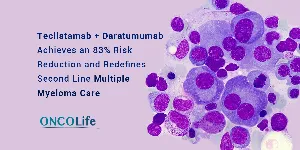
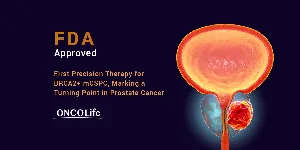
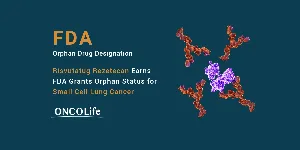
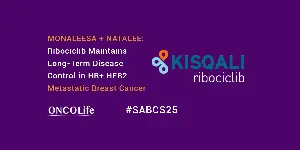

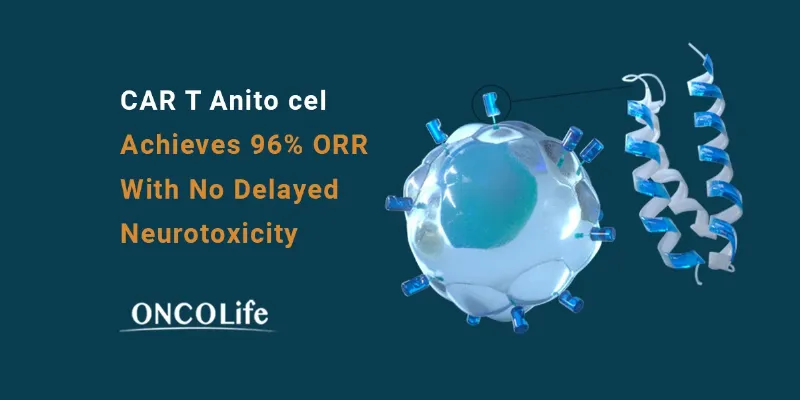
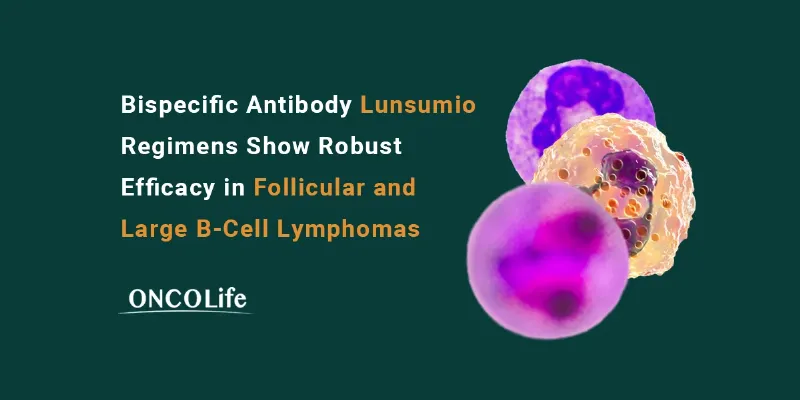
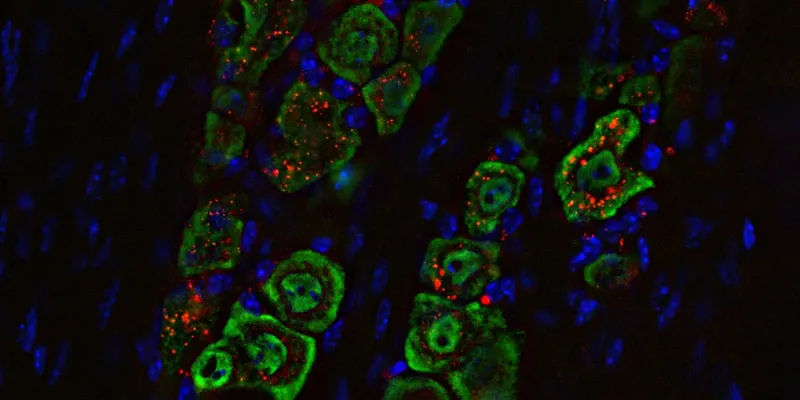



Comments
No Comments Yet!